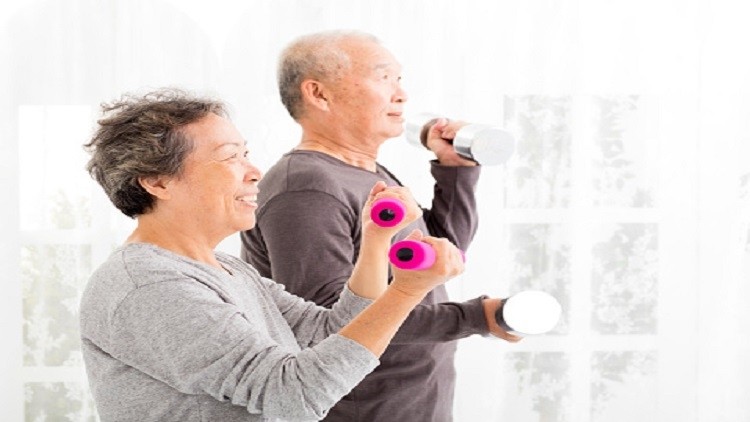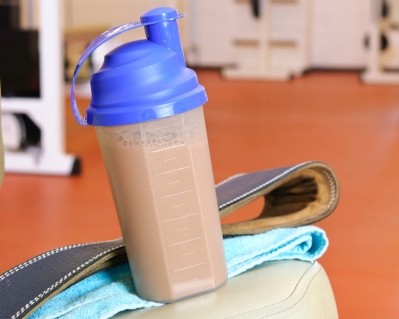Healthy Ageing APAC Summit 2018
Muscle health product market set for expansion as sarcopenia understanding develops: TSI

John Burstow, director of sales & business development at TSI Pharmaceuticals, shared three factors that will drive the expansion of muscle health product market while speaking at the Healthy Ageing APAC Summit, organised by NutraIngredients-Asia and FoodNavigator-Asia.
Ageing population is a key factor, since individuals from this age group consume the most amount of supplements. Moreover, those over the age of 60 are most vulnerable to contracting sarcopenia - an age-related disease characterised by the loss of muscle mass, strength and function.
For them, muscle strength is a major determinant of mortality, with the “strongest muscles” contributing to “lesser mortality and cancer rate,” said Burstow, citing clinical studies.
In fact, muscle loss can start as early as 41 years old. The average person loses 8% to 15% of muscle mass each decade, with the rate of muscle loss accelerating after the age of 40, he added.
The second growth factor, is higher awareness of preventative healthcare.
For instance, many elderly people are now consuming glucosamine, chondroitin, fish oil, calcium and vitamin D to prevent osteoporosis.
Notably, the public did not use to know much about osteoporosis previously.
Osteoporosis was only recognised as a disease in 1994. It was only since then that international guidelines for diagnosis of osteoporosis and public education were put in place.
Diagnostic guidelines
In the case of sarcopenia, the breakthrough came when it was officially recognised as a disease by the World Health Organisation two years ago, he said.
Following which, diagnostic guidelines were developed and healthcare providers are gaining awareness of the disease.
These developments mirror that of osteoporosis, and are signs that there is a potential market for products that promote muscle health, he said.
However, to reach a fully mature market, widespread consumer awareness, and availability of preventive plus treatment options would be needed.
The third factor, he said, is the growing number of self-directed consumers, who do not solely rely on healthcare professionals for advice, and tend to make healthcare choices by themselves.
In conclusion, he said that the three trends are all favourable to the growth of muscle health as a new consumer category.
“We are really at the beginning of the next emerging category. The last wave was bone health and osteoporosis. The next wave will be muscle health and sarcopenia,” he said.
“Imagine in five years’ time, when doctors routinely screen for muscle health, community awareness of sarcopenia and recognition that muscle health is the number one thing we can focus on to age well, consumers constantly seek treatments for muscle health preservation as they age, physicians and researchers will focus their careers on muscle health, governments will become more aware of the health economic burden of sarcopenia and will seek solutions from industry to combat this challenge … This is where we are heading.”
Current preventive measures
Burstow said studies have shown that beta-hydroxy-beta-methylbutyrate (HMB), a component that naturally exist in human muscle cells, is crucial in maintaining muscle health.
It does so by accelerating muscle protein synthesis and reducing muscle protein breakdown.
However, HMB blood levels will decrease with age, and since there are only trace amounts in food, supplementation is needed and is shown to raise HMB levels, Burstow said.
For instance, with HMB supplementation, people in their seventies have displayed improved functional ability, maintained their physiques through reduced body fat percentage and increased fat free mass gain.
HMB, which TSI produces, can also maintained muscle health in patients who are confined to bed rest.
For instance, in a study on patients aged 60 to 74, it was found that patients who consume HMB only lost 0.17kg of muscle mass after 10 days of bed rest, while those did not consume lost 2kg of muscle mass.
Other measures that maintain muscle health and prevent sarcopenia include the consumption of coffee, according to a Korean study.
Another study done in Japan also showed that low amount of protein intake would increase the risk of contracting sarcopenia.
















